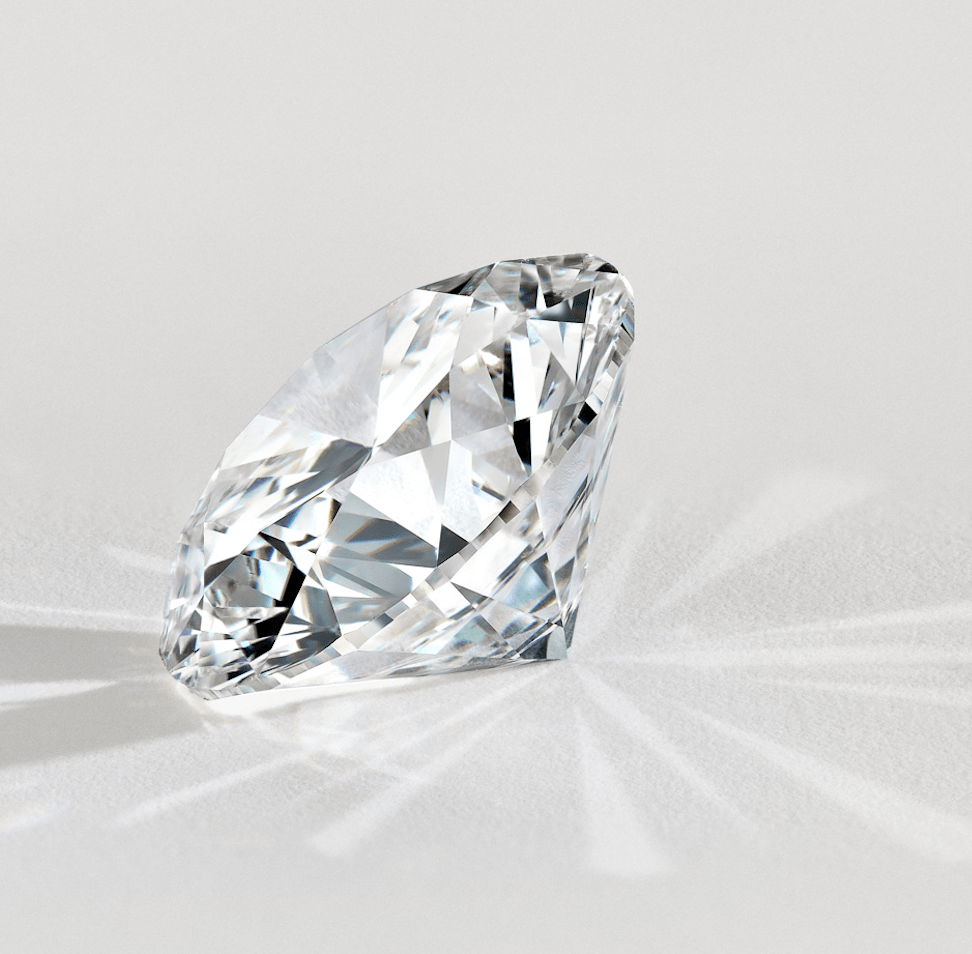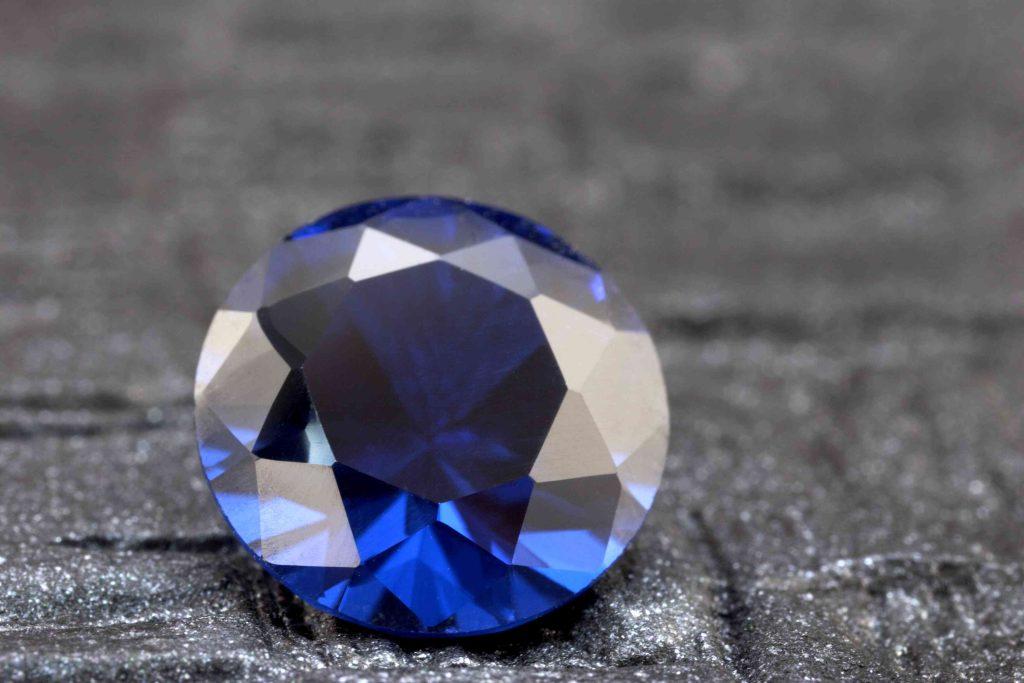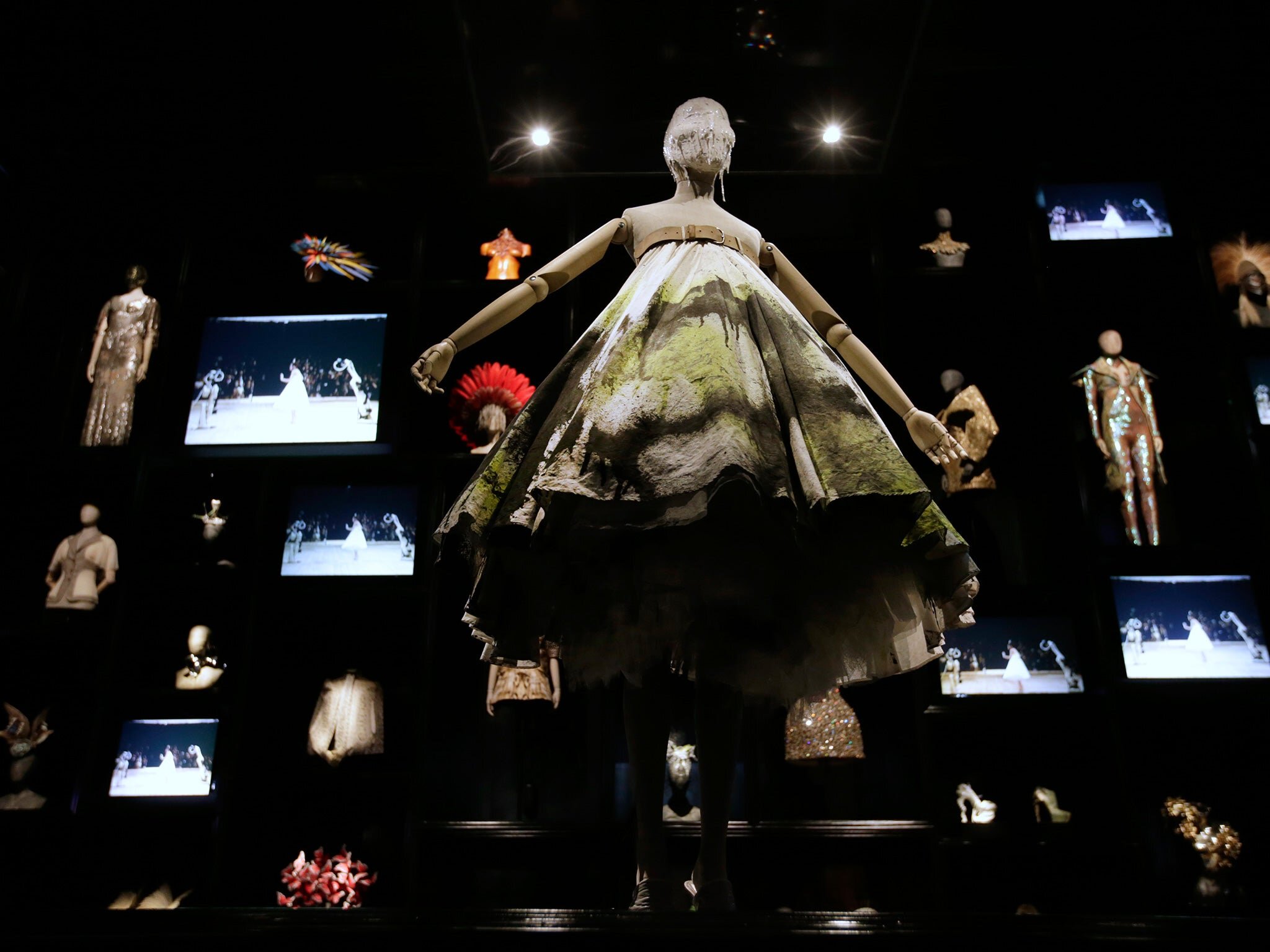Explore the world of luxury jewelry and discover its potential as an investment. Delve into the resale value and appreciation of these exquisite pieces, and learn how they can not only be cherished adornments but also valuable assets.
luxury jewelry more than just a glamorous accessory? Can it be a wise investment that appreciates in value over time? Join us as we delve into the fascinating realm of investing in luxury jewelry, unraveling the secrets of its resale value and potential for appreciation.
Luxury jewelry has long been admired for its exquisite beauty and timeless elegance. But beyond its aesthetic appeal, many individuals are also drawn to the investment potential of these remarkable pieces. Investing in luxury jewelry offers the opportunity to not only own a coveted work of art but also potentially reap financial rewards in the long run. In this article, we will delve into the world of investing in luxury jewelry, exploring its resale value and potential appreciation.
Luxury jewelry is more than just a fashion accessory or a symbol of status. It is a tangible asset that holds inherent value, often derived from its precious materials, craftsmanship, and rarity. While the value of luxury jewelry can fluctuate based on market trends, economic factors, and changing tastes, certain pieces have demonstrated the ability to appreciate in value over time.
One of the key factors that contribute to the investment value of luxury jewelry is the use of precious materials. Pieces crafted from high-quality materials such as diamonds, emeralds, sapphires, and gold tend to hold their value well. These materials are finite resources, and their scarcity adds to their desirability and potential for appreciation.

Luxury jewelry has long been a symbol of wealth, status, and timeless beauty. Beyond its aesthetic appeal, it has also emerged as a viable investment option for individuals seeking to diversify their portfolios. The allure of luxury jewelry lies not only in its intrinsic value but also in its potential for resale value and appreciation over time. In this article, we will explore 17 ways in which investing in luxury jewelry can offer a promising return on investment.

Craftsmanship is another essential element that affects the investment value of luxury jewelry. Handcrafted pieces created by master artisans often command higher prices due to the skill, time, and attention to detail invested in their creation. The rarity and artistry associated with these pieces make them highly sought after by collectors and enthusiasts, increasing their potential for appreciation.
Limited editions and designer collaborations also play a significant role in the investment potential of luxury jewelry. Pieces that are part of limited production runs or created in collaboration with renowned designers can become highly coveted and exclusive. The combination of scarcity, brand reputation, and artistic vision can significantly impact the resale value and appreciation of these pieces.

Furthermore, the historical significance and provenance of luxury jewelry can further enhance its investment value. Pieces associated with iconic events, famous individuals, or significant periods in history often hold a special allure. The story and provenance of a piece can add a layer of prestige and exclusivity, making it even more desirable among collectors and investors.
It’s important to note that investing in luxury jewelry requires careful consideration and research. While some pieces may appreciate in value, others may not yield significant returns. Factors such as market demand, condition, and rarity all play a role in determining the resale value of a piece. Working with reputable jewelers, appraisers, and industry experts can help provide valuable insights and guidance when making investment decisions.
Investing in luxury jewelry goes beyond monetary gains. Owning these exquisite pieces allows individuals to appreciate the beauty, craftsmanship, and artistry that goes into their creation. Whether worn and enjoyed or kept as a treasured heirloom, luxury jewelry holds an enduring value that transcends market fluctuations.
Inherent Value: Luxury jewelry, especially pieces crafted from precious metals and adorned with high-quality gemstones, holds inherent value. The value of materials like gold, platinum, diamonds, and other precious gemstones tends to appreciate over time, making luxury jewelry a tangible asset.
Making Choices Aligned with Inherent Value:
Recognizing inherent value invites us to reflect on the choices we make in our daily lives. It encourages us to consider the impact of our actions on ourselves, others, and the world around us. By aligning our decisions with the inherent value of things, we can prioritize what truly matters and make choices that promote well-being, sustainability, and the greater good. inherent value reminds us that there is worth and significance in various aspects of life that extend beyond monetary measurements. It prompts us to recognize and appreciate the intangible qualities, experiences, and contributions that enrich our lives and the world we live in. By valuing and prioritizing inherent value, we can cultivate a more balanced, compassionate, and fulfilling existence that goes beyond material possessions and embraces the true essence of what it means to be human.
Rarity and Exclusivity: Luxury jewelry often features rare gemstones, limited-edition designs, or pieces crafted by renowned jewelry houses. The scarcity and exclusivity of these pieces contribute to their value, as demand often surpasses supply, leading to increased prices in the secondary market.
Brand Reputation: Established luxury jewelry brands with a long-standing reputation for exceptional craftsmanship and design tend to hold their value well. The brand’s prestige and recognition can positively impact the resale value of their pieces.
brand reputation is a critical asset that can significantly impact the success and longevity of a business. It serves as the foundation of trust, credibility, and differentiation in the marketplace. Building a positive reputation requires consistent effort, transparency, and a commitment to delivering value to customers and stakeholders. Brands that prioritize and actively manage their reputation can foster loyalty, attract new customers, and navigate challenges more effectively, ultimately securing a strong position in the hearts and minds of their target audience.
Historical Significance: Vintage and antique luxury jewelry, particularly those with historical significance or provenance, can appreciate significantly in value. These pieces often carry a story and are sought after by collectors and enthusiasts.
History is the collective narrative of human experiences, accomplishments, and struggles. It provides us with a window into the past, enabling us to understand and appreciate the events, ideas, and individuals that have shaped our world. Historical significance refers to the impact and enduring importance of particular events, people, or ideas in shaping the course of history. Let’s explore the significance of history and why understanding its relevance is crucial for our present and future.
Designer Collections: Limited-edition collections created by renowned designers or collaborations between jewelry brands and prominent artists or fashion houses can command higher prices in the resale market. The exclusivity and artistic value associated with these pieces contribute to their potential for appreciation.
Investment-Grade Gems: Certain gemstones, such as rare colored diamonds or natural untreated gemstones, are considered investment-grade due to their scarcity and desirability. Investing in luxury jewelry featuring these precious stones can offer a potential return on investment.
Market Demand: The global market demand for luxury jewelry continues to grow, particularly in emerging economies. Increased demand can lead to higher prices in the secondary market, providing an opportunity for investors to profit from their jewelry holdings.
market demand is a complex interplay of various factors that shape consumer choices. Businesses that understand and respond to these factors can position themselves for success. By analyzing consumer preferences, monitoring market trends, and adapting to changing demands, businesses can create products and services that resonate with consumers and drive growth in a competitive marketplace. Market demand is subject to fluctuations and uncertainties, influenced by a range of internal and external factors. Businesses should continuously assess market conditions, conduct market research, and gather customer feedback to stay informed and agile in meeting evolving consumer demands.
Economic Stability: Luxury jewelry has historically demonstrated resilience during periods of economic instability. In times of financial uncertainty, investors often turn to tangible assets like gold and high-quality jewelry as a safe haven investment.
Hedging against Inflation: Luxury jewelry, particularly those crafted from precious metals, can act as a hedge against inflation. As the value of currency declines, the intrinsic value of these materials tends to rise, preserving the purchasing power of the investment.
Collector’s Market: The luxury jewelry market includes a dedicated community of collectors who actively seek rare and exceptional pieces. Investing in jewelry that appeals to collectors can yield significant returns, as demand from this niche market can drive up prices.
In the realm of art, antiques, and rare collectibles, there exists a vibrant and captivating market known as the collector’s market. This realm is inhabited by passionate individuals who dedicate their time, resources, and expertise to amassing unique and valuable items. The collector’s market is not just a hobby; it is a world where passion, history, and investment converge. Let’s explore the allure of the collector’s market and the factors that make it a fascinating and often lucrative pursuit.
Celebrity and Red Carpet Influence: Celebrity endorsements and appearances on red carpets can significantly impact the desirability and value of luxury jewelry. Pieces worn by celebrities often gain attention and recognition, making them sought after by enthusiasts and collectors alike.
Reputation and Certification: Investing in luxury jewelry that comes with reputable certification, such as gemological certificates for diamonds or authentication documents for vintage pieces, adds credibility and transparency to the investment. This can positively influence its resale value.
Patina and Vintage Appeal: Vintage jewelry often carries a unique patina, reflecting its age and history. This vintage appeal can add to the desirability and value of the piece, as collectors appreciate the charm and character of well-preserved vintage jewelry.
Quality Craftsmanship: Luxury jewelry is known for its exceptional craftsmanship and attention to detail. Pieces crafted by master artisans using traditional techniques tend to hold their value well, as their quality and durability ensure their longevity.
Global Market Accessibility: The advent of online marketplaces and auction platforms has made it easier for investors to access the global market for luxury jewelry. These platforms provide a broader reach and increased liquidity, facilitating the buying and selling process.
Portfolio Diversification: Investing in luxury jewelry allows individuals to diversify their investment portfolios beyond traditional assets like stocks and bonds. The tangibility and aesthetic appeal of jewelry make it an attractive alternative investment option.
Emotional Value: Luxury jewelry often carries sentimental value, making it less susceptible to market fluctuations. Even if the investment value doesn’t meet expectations, the emotional significance and the joy derived from owning and wearing the piece can provide non-monetary rewards.
In a world driven by material possessions and instant gratification, it’s easy to overlook the significance of emotional value. Unlike monetary or material worth, emotional value encompasses the intangible qualities that hold deep meaning and significance in our lives. It is the emotional connection we feel towards people, experiences, memories, and even objects that enrich our lives and give them purpose. Let’s delve into the power of emotional value and how it contributes to our overall well-being and happiness.
It’s important to note that investing in luxury jewelry, like any investment, carries risks and requires careful consideration. Factors such as market trends, economic conditions, and individual preferences can influence the potential returns. Consulting with experts in the field and conducting thorough research is crucial before making any investment decisions.
investing in luxury jewelry offers the opportunity for both financial appreciation and the enjoyment of owning exquisite pieces of wearable art. The inherent value, rarity, brand reputation, and historical significance associated with luxury jewelry contribute to its potential as a viable investment option. However, it’s essential to approach jewelry investments with diligence, considering market trends, reputable certification, and personal preferences to make informed decisions that align with one’s investment goals and risk tolerance.
It’s important to note that while luxury jewelry can be an investment, it should not be the sole focus of your investment portfolio. Investing in luxury jewelry should be done with a long-term perspective, as it may take time for appreciation to occur. Additionally, market fluctuations and other external factors can impact the value of luxury jewelry.
In conclusion, investing in luxury jewelry requires careful consideration of various factors that can influence its resale value and appreciation potential. Prioritize quality, rarity, timelessness, and reputable brands when making investment choices. Stay informed about market trends and demand, and ensure proper documentation and maintenance of your pieces. By combining your personal enjoyment of the jewelry with an understanding of its investment potential, you can make informed decisions that may lead to both aesthetic and financial rewards.
The use of precious materials, craftsmanship, limited editions, and historical significance contribute to the investment value of these remarkable pieces. However, it’s crucial to approach jewelry investment with knowledge, research, and guidance from experts to make informed decisions. Ultimately, investing in luxury jewelry allows individuals to embrace the art, history, and beauty of these extraordinary pieces while potentially reaping the rewards of their investment over time.








